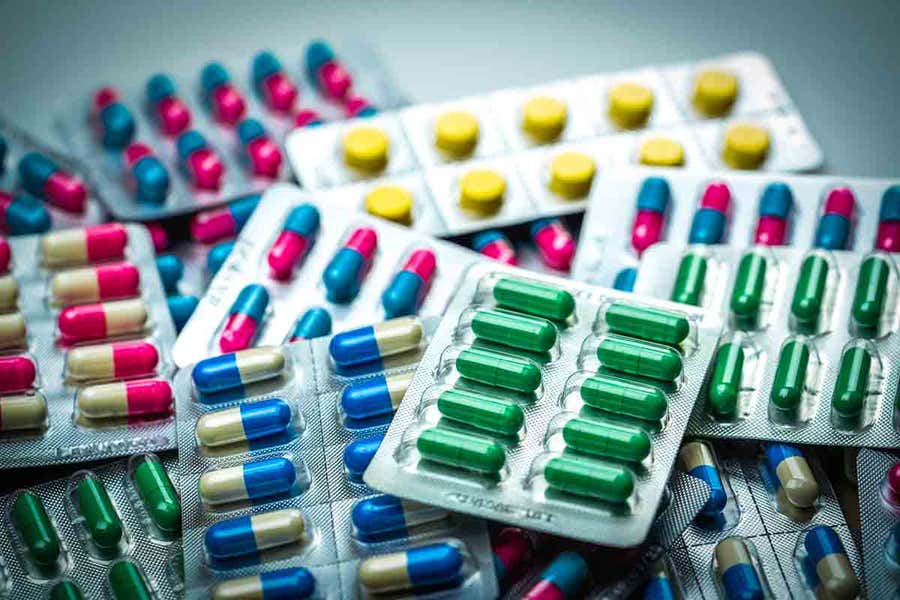Salivary Gland Infection: Symptoms, Causes, Treatment
What are the symptoms of a salivary gland infection?
Salivary gland infections, also known as sialadenitis, can occur when the salivary glands become inflamed or infected. The symptoms of a salivary gland infection can vary depending on the cause and severity of the infection, but common symptoms may include:
- Swelling: Swelling of the affected salivary gland, usually under the jaw or in front of the ear. The swelling may be painful and tender to the touch.
- Pain or tenderness: Pain or tenderness in the affected area, especially when eating or drinking, or when pressing on the swollen gland.
- Difficulty opening the mouth: In severe cases, the swelling may make it difficult to fully open the mouth.
- Redness and warmth: The skin over the affected gland may appear red and feel warm to the touch.
- Fever: A fever may occur if the infection is caused by bacteria.
- Dry mouth: Decreased saliva production due to the infection can lead to a dry mouth.
- Pus drainage: In severe cases, pus may drain from the affected gland into the mouth.
- Foul taste in the mouth: An unpleasant taste in the mouth, which may be due to the presence of pus or inflammation.
It’s important to see a healthcare provider if you experience symptoms of a salivary gland infection, as prompt treatment can help prevent complications. Treatment may include antibiotics if the infection is bacterial, or antiviral medications if it is viral. Warm compresses and massage may also help relieve symptoms. In some cases, a blocked salivary duct may need to be cleared or a stone may need to be removed.
What are the causes of a salivary gland infection?
Salivary gland infections, also known as sialadenitis, can be caused by several factors, including:
- Bacterial infection: The most common cause of salivary gland infections is bacteria, particularly Staphylococcus aureus. Bacteria can enter the salivary gland through the ducts, often due to a blockage or reduced flow of saliva. This can lead to inflammation and infection.
- Viral infection: Viruses such as mumps virus, coxsackievirus, and Epstein-Barr virus (EBV) can cause viral sialadenitis, especially in children and young adults. Viral infections can lead to swelling and inflammation of the salivary glands.
- Blockage of the salivary duct: Blockage of the salivary duct can occur due to various factors, including salivary gland stones (sialolithiasis), thickened saliva, or narrowing of the duct. Blockages can lead to the buildup of saliva and increase the risk of infection.
- Reduced saliva flow: Reduced saliva flow, also known as hyposalivation, can increase the risk of infection by allowing bacteria to accumulate in the salivary gland.
- Dehydration: Dehydration can reduce saliva production and increase the risk of salivary gland infection.
- Immune system disorders: Disorders that affect the immune system, such as HIV/AIDS or autoimmune diseases, can increase the risk of salivary gland infections.
- Poor oral hygiene: Poor oral hygiene can lead to the accumulation of bacteria in the mouth, which can increase the risk of salivary gland infections.
- Medical procedures: Medical procedures that involve the salivary glands, such as intubation or radiation therapy to the head and neck, can increase the risk of infection.
It’s important to seek prompt medical attention if you suspect you have a salivary gland infection, as untreated infections can lead to complications such as abscess formation or spread of infection to other parts of the body. Treatment typically involves antibiotics for bacterial infections, antiviral medications for viral infections, and measures to improve saliva flow and reduce inflammation.
What is the treatment for a salivary gland infection?
The treatment for a salivary gland infection, or sialadenitis, depends on the underlying cause and severity of the infection. Common treatment options include:
- Antibiotics: If the infection is bacterial, antibiotics are usually prescribed to help fight the infection. The type of antibiotic prescribed will depend on the specific bacteria causing the infection.
- Pain relief: Over-the-counter pain relievers such as acetaminophen or ibuprofen can help relieve pain and reduce inflammation.
- Warm compresses: Applying a warm compress to the affected area several times a day can help reduce swelling and promote drainage of the infected gland.
- Massage: Massaging the affected gland gently can help promote drainage and relieve pain.
- Increased fluid intake: Drinking plenty of fluids can help keep the saliva flowing and reduce the risk of blockages.
- Sialogogues: These are medications that stimulate saliva production and can help improve saliva flow. They may be prescribed in some cases.
- Salivary gland massage: This technique can help to manually express any blockage in the duct and improve saliva flow.
In some cases, particularly if the infection is severe or recurrent, additional treatments may be necessary. These may include:
- Surgical drainage: If an abscess has formed, surgical drainage may be necessary to remove the pus and relieve pressure on the gland.
- Salivary gland stone removal: If a salivary gland stone is causing the infection, the stone may need to be removed to allow the gland to drain properly.
- Treatment of underlying causes: If the infection is caused by a blockage or other underlying issue, such as a tumor, treatment of the underlying cause may be necessary to prevent future infections.
It’s important to follow your healthcare provider’s recommendations for treatment and to finish any prescribed antibiotics even if you start to feel better. If you have symptoms of a salivary gland infection, it’s important to seek prompt medical attention to prevent complications.




